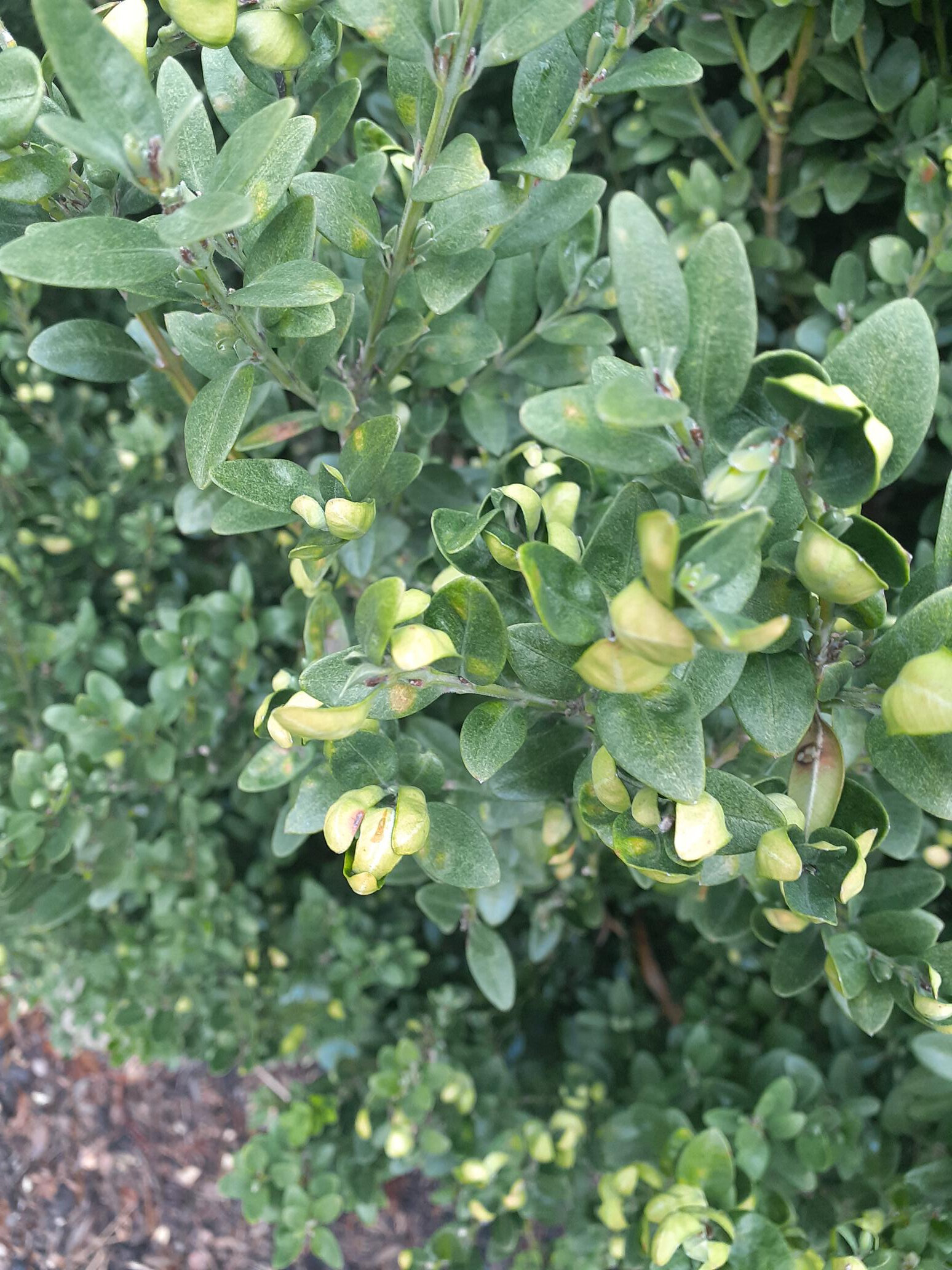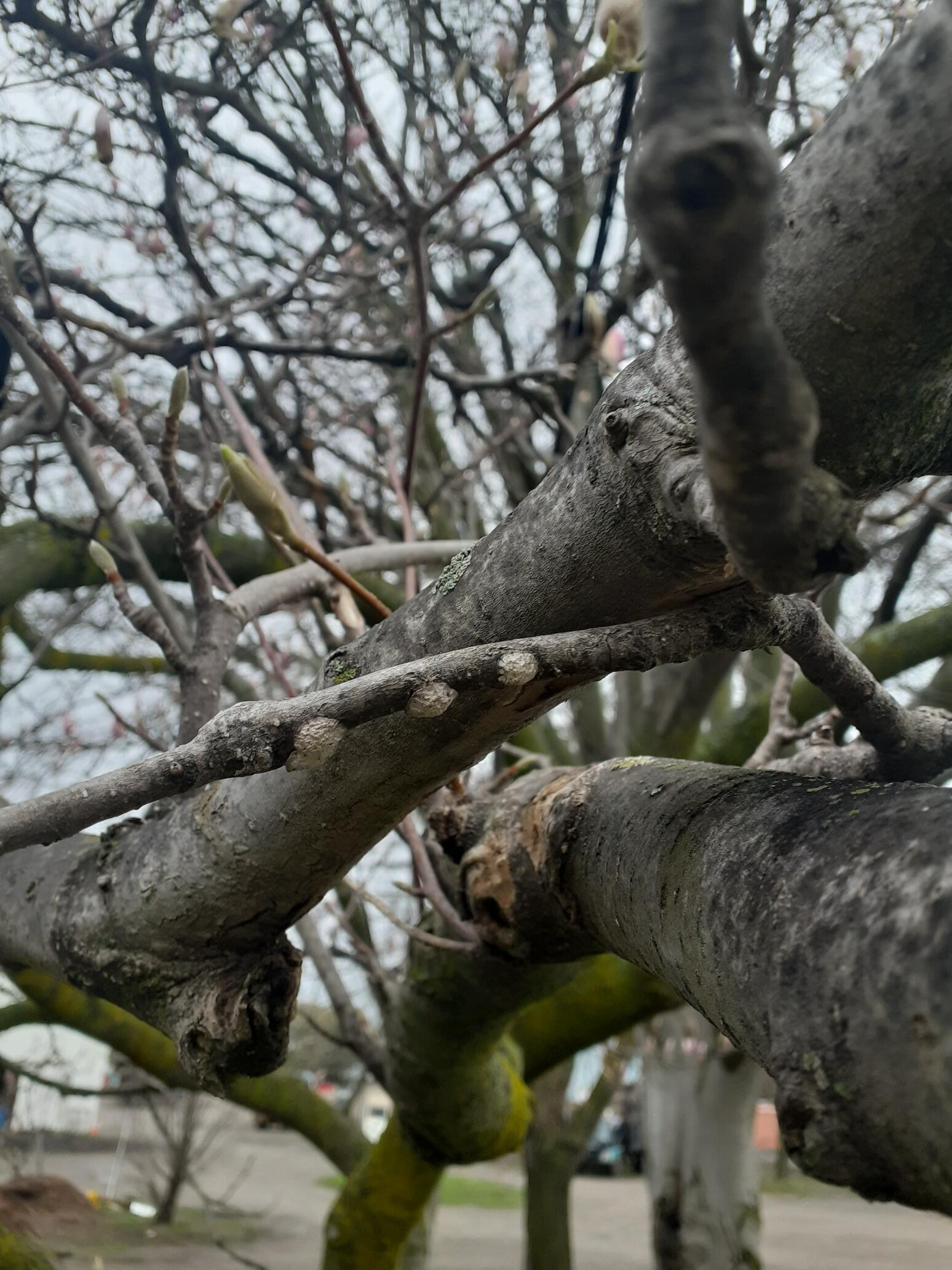The spring is often the best time to inspect trees and shrubs for issues that may be detrimental in the near future. The main reason visual inspections are so effective this time of year, is the absence of foliage. Plant structure is plainly seen and problems can be addressed.
Some of the most commonly seen abnormalities are codominant leaders on young trees. A small corrective cut now may prevent a catastrophic failure when the tree matures. Inspecting plant depth, trunk flare, and mulch levels at this time is also helpful. One of the most commonly seen mistakes is planting too deep and over-mulching. A young tree's trunk flare should be visible and allowed to dry breath and dry.
Now is a great time to remove dead wood, and rectify branching defects and conflicts. Last but not least, overwintering insects and egg masses may be discovered, and a treatment plan developed. All these instances may not be apparent to the untrained eye, contact a Certified Arborist to give you a detailed inspection and analysis.
This Bur Oak would benefit from corrective pruning, to prevent future branch failure
Boxwoods have mite (speckles) and psyllid (cupping)
Magnolia scale (insect) visible on Magnolia
Trunk flare visible on Kousa Dogwood
Potential girdling root issue on Beech





